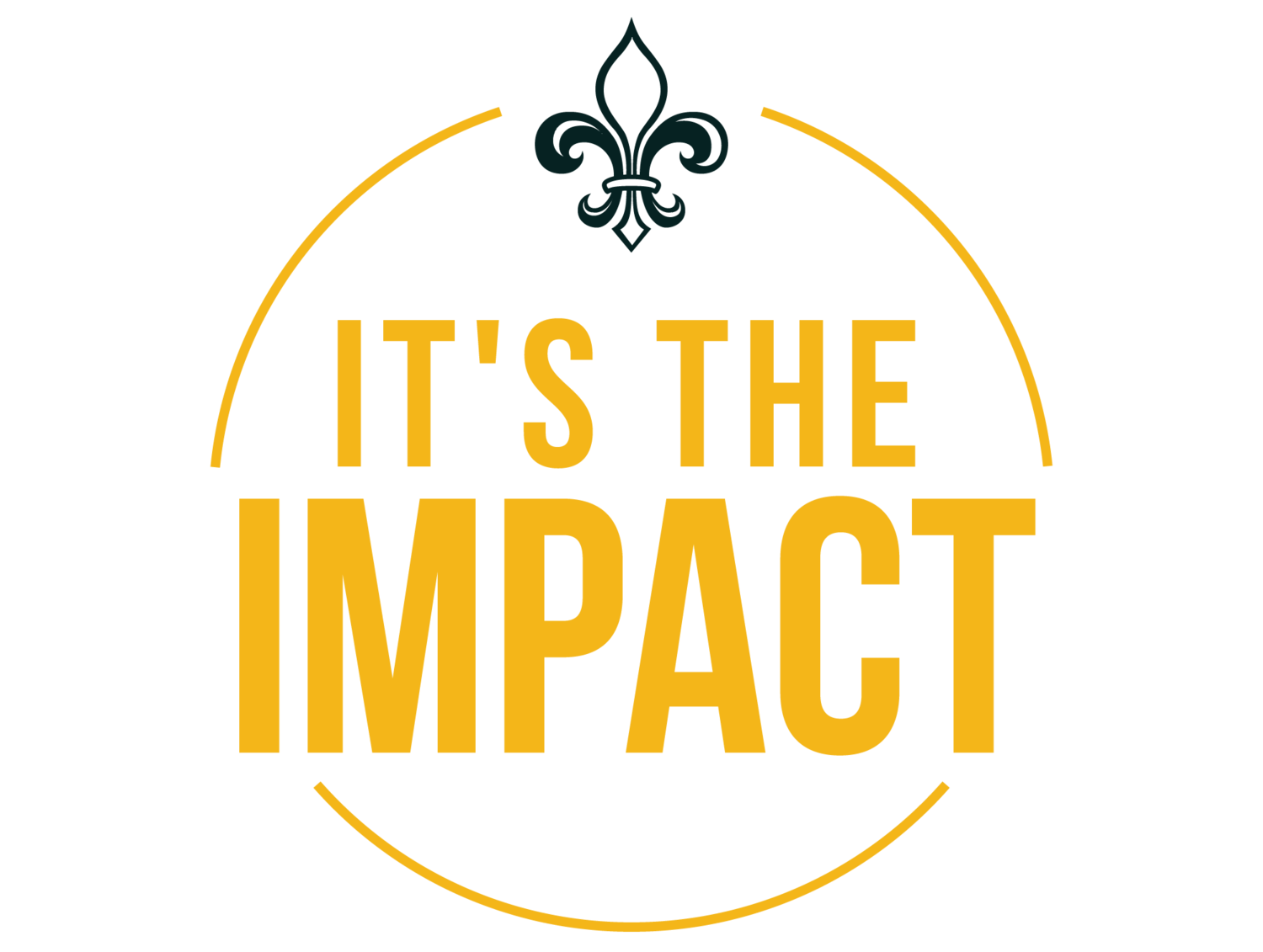Being a great leader isn't just about being nice. Here’s why.
Being a great leader isn’t just about being nice. Here’s why.
I know this isn’t a popular thing to say. But when you look across organizations and separate the ones who are actually making an impact versus the ones who are just talking a big game, things become clear.
Sure, these organizations may have nice leaders. But that’s not the point.
Being a leader isn’t only about being the one who attends the organization’s picnic and hands out the burgers to all the kids.
Being a real leader is about taking charge of the responsibility you’ve been given and taking your role as far as you can go to truly make a difference in the world.
Here’s what so many people get wrong about leadership: It’s an honor.
It’s an honor to be placed in a position to change the world.
And when people squander the honor — the opportunity — they’ve been given in preference to the “Well-liked Leader” persona, well … it drives me up a wall.
Most of us can see the inequities in our communities, and as an impact-driven leader, you’ve been placed in a position to change the reality for so many others who simply cannot.
So why wouldn’t you do everything you can to forward the clear vision of a better world while you have the reins in hand to do so?
So here are three myths that you should unpack to be a real leader.
Myth #1: To have a good organizational culture, you must be highly likable.
There are two adjacent thoughts here. Yes, as humans, we have a desire to be liked. So it’s not impractical for you to want to be a popular leader. However, the responsibility of creating and maintaining a positive organizational culture shouldn’t fall squarely on your shoulders.
Your COO or Chief of Staff and leadership team should help.
Additionally, while it may be nice to be the leader who attends all the organization’s functions and knows everyone’s name, that in itself will not endear you to your team — nor will it make an impact in the long run. Instead, your team wants you to be the leader who articulates a clear vision and stands as an example of actionable progress in your organization. After all, they are there to change the world with you.
Myth #2: To make a change, you have to get universal buy-in from all stakeholders.
The reality is all stakeholders will have a personal agenda. It’s not mercenary, it’s human nature. All people have their own angles they want to pursue — most of the time because 1) they care about the outcome, and 2) they think their ideas are the best.
But here’s the thing: You don’t need universal buy-in to make progress. You need a general consensus. When tackling a major initiative that you’re trying to get across the finish line, give enough space for everyone to be truly heard, diligently take all angles into account, and then proceed with the actions needed for your organization to come through on its mission.
People will appreciate that their viewpoints have been considered, and you won’t stay stuck in the cycle of people-pleasing over progress.
Myth #3: You can’t just look for supporters.
Let me let you in on a secret: It’s perfectly okay that you approach a relationship thinking about the support you can get out of it. The caveat? You should also think about what you can give to the relationship, too.
Intentional connections are what keep organizations afloat and keep change moving forward. None of us will change the world in a silo. So it’s okay to look at relationships as being mutually beneficial, but remember they’re just that.
Relationships.
As such, they need to be nurtured and cultivated (to maintain reciprocity, especially), and if you maintain your curiosity and compassionate nature (you’re a nice leader, after all) you’ll build your network and create the needed inroads to keep your mission moving forward.
Helping you lead in a way that truly changes the world is part of the work I do as an Impact Leadership Coach at It’s The Impact. If you’re a socially driven leader who wants to have a greater impact in your world and The World, then let’s schedule a chat to talk about what’s possible for you. Click here to connect.
